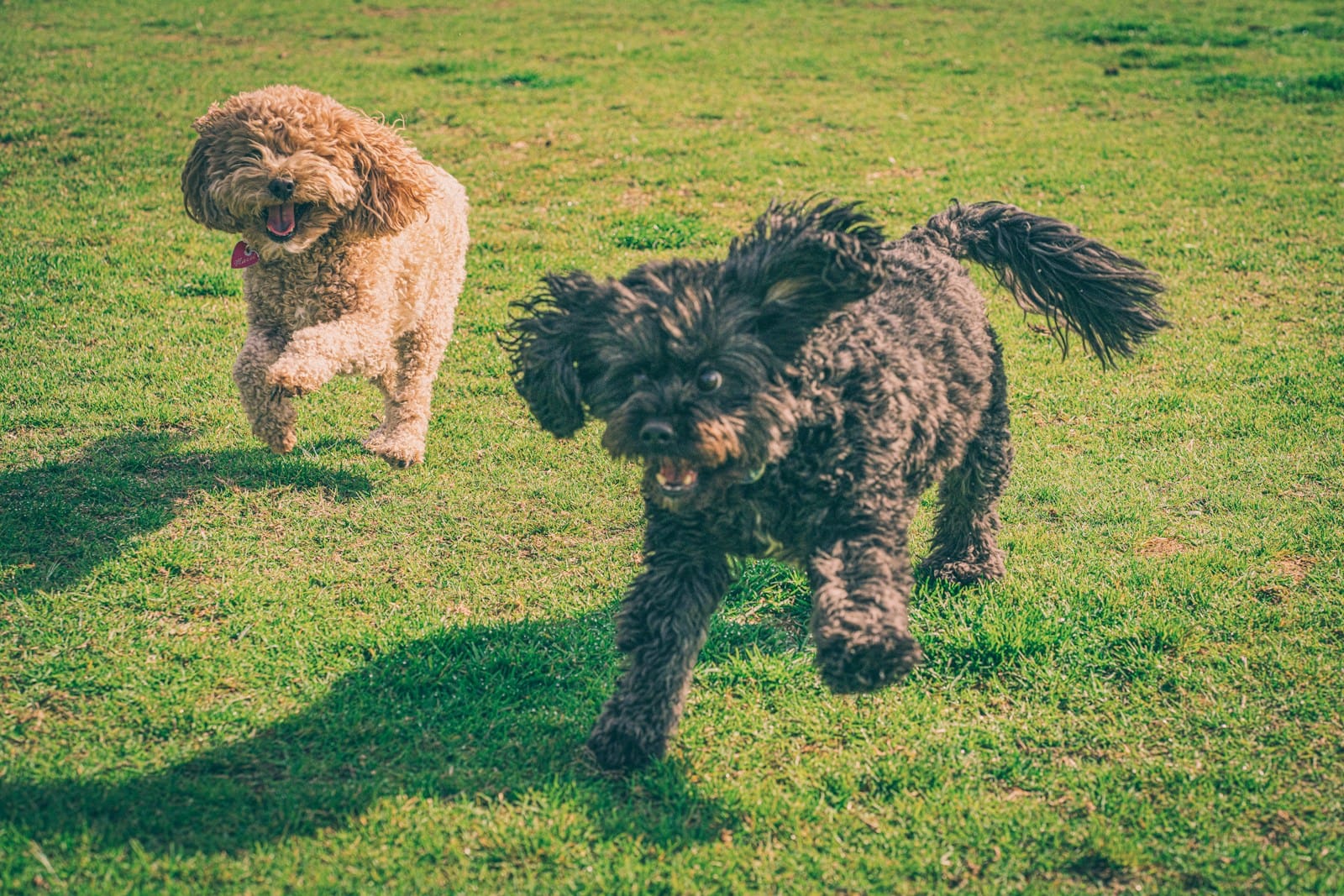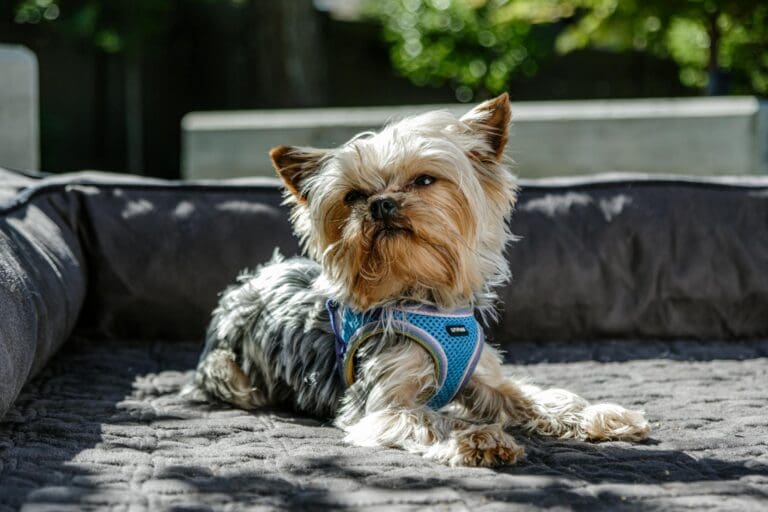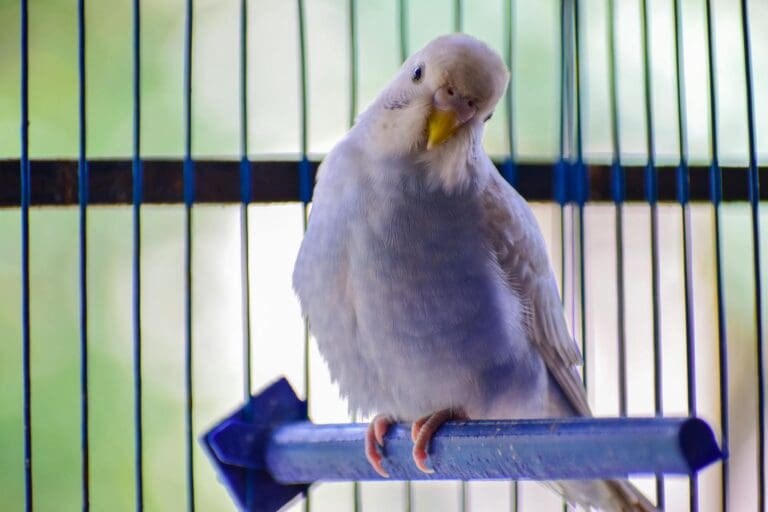Visiting a dog park can be an enlightening experience, a place where both dogs and their owners reveal distinctive personalities.
From the exuberant to the reserved, each canine and human visitor contributes to the vibrant community in their unique way. This listicle explores the varied personalities you might encounter at the dog park, offering both entertainment and insights into how these traits interplay during social dog outings.
10. The Chatty Cathy
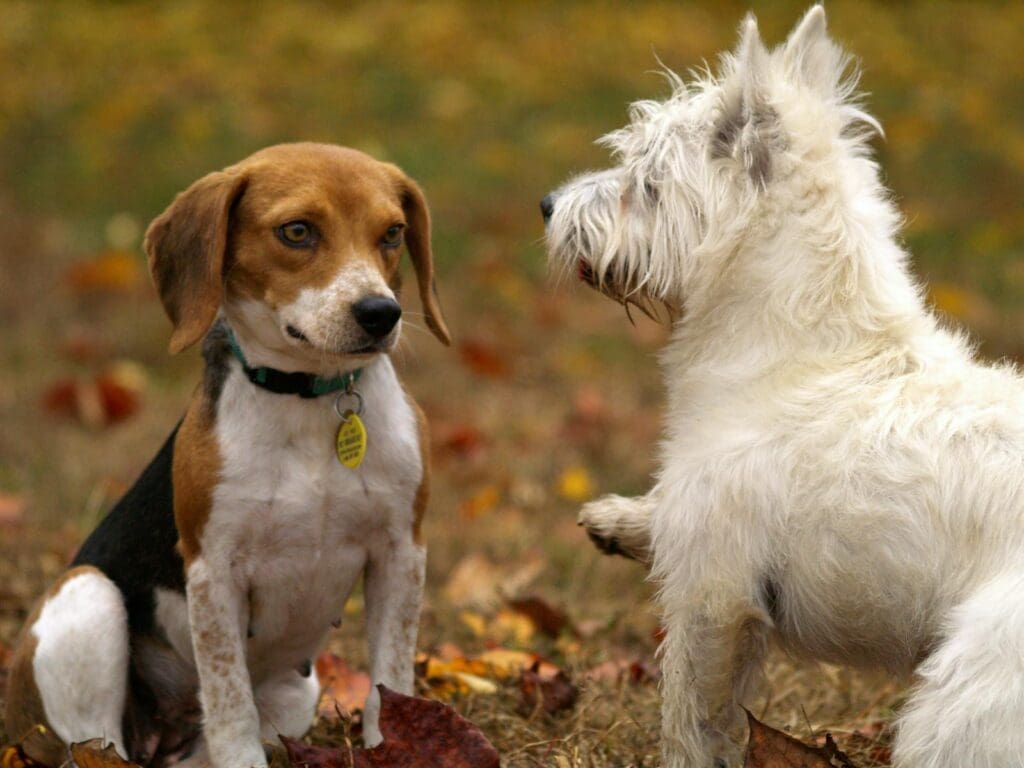
This vocal pup can’t contain their excitement, barking at every dog, human, and squirrel in sight. While their enthusiasm is endearing, it can be overwhelming for other park-goers. Chatty Cathys often belong to breeds known for their vocal nature, like Beagles or Chihuahuas.
9. The Lone Wolf
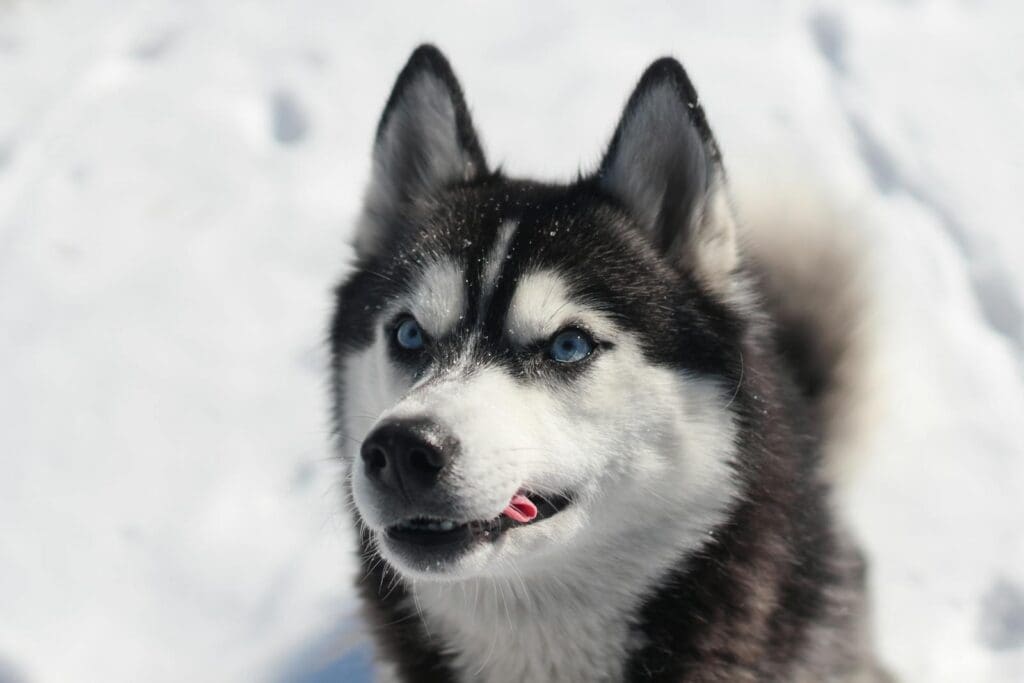
Independent and aloof, the Lone Wolf prefers solitude over socializing. These dogs, often breeds like Siberian Huskies or Basenjis, may seem disinterested in both humans and other canines. They’re content observing from afar, only engaging when they choose. Despite their reserved nature, Lone Wolves can form deep bonds with their families.
8. The Pack Leader
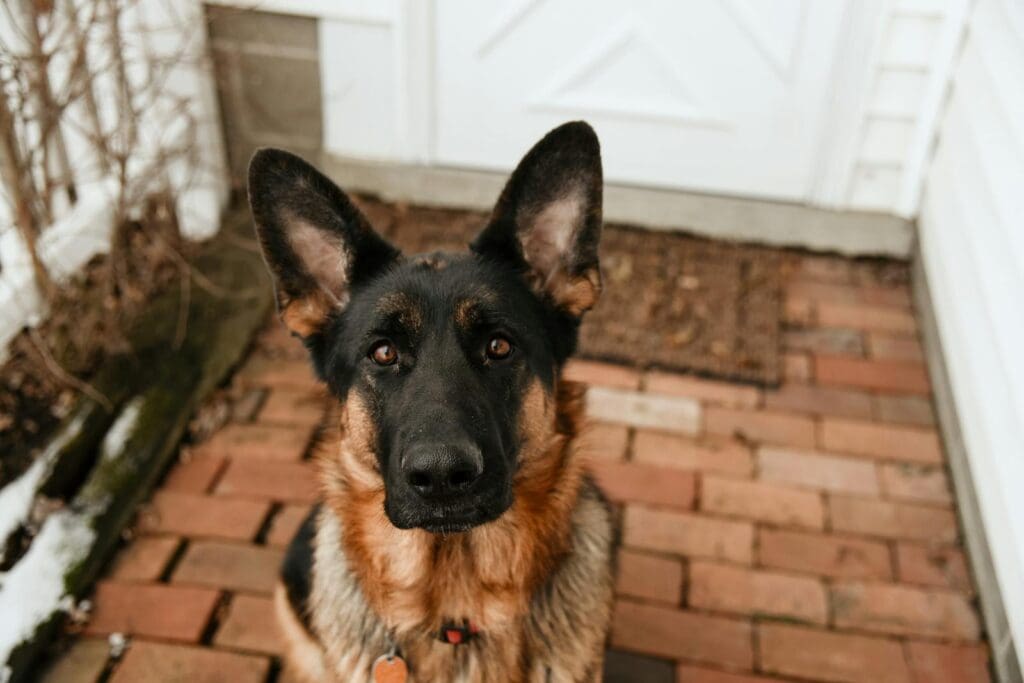
This confident canine takes charge, often directing other dogs’ activities. They exhibit calm, assertive energy and may intervene in conflicts. While not necessarily aggressive, Pack Leaders command respect through body language and vocalizations. Owners should ensure their Pack Leader is well-socialized to prevent dominance issues.
7. The Nervous Newcomer
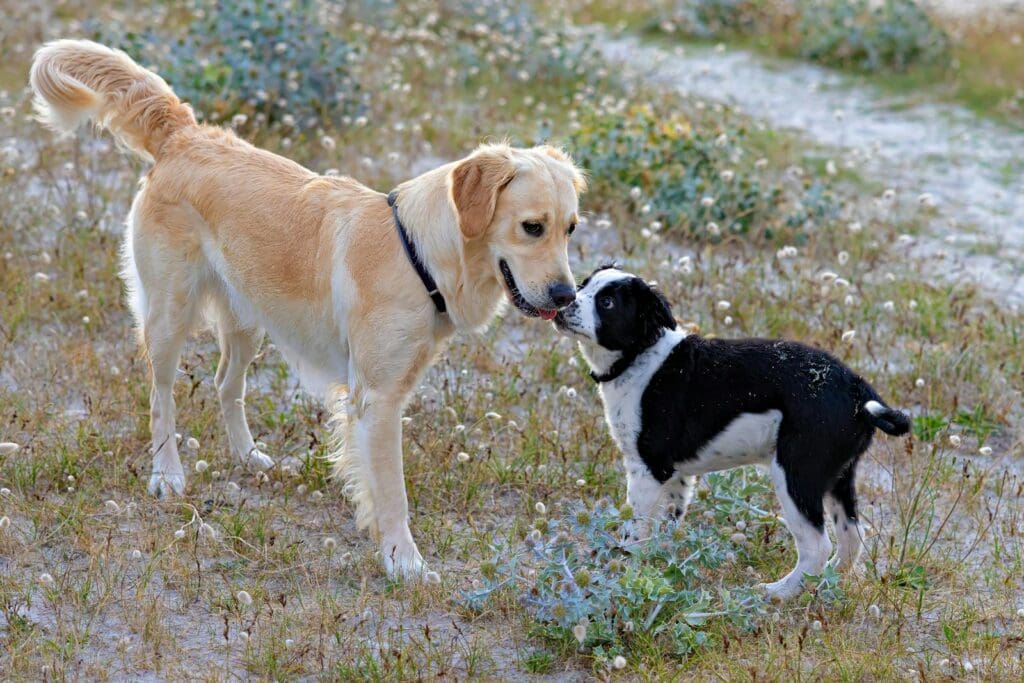
This anxious pup may cower, avoid eye contact, or hide behind their owner. Characterized by a tucked tail and flattened ears, they’re overwhelmed by the park’s stimuli. Patience and positive reinforcement can help build their confidence over time. Gradual exposure to the park during quieter hours is key to their socialization.
6. The Overzealous Trainer
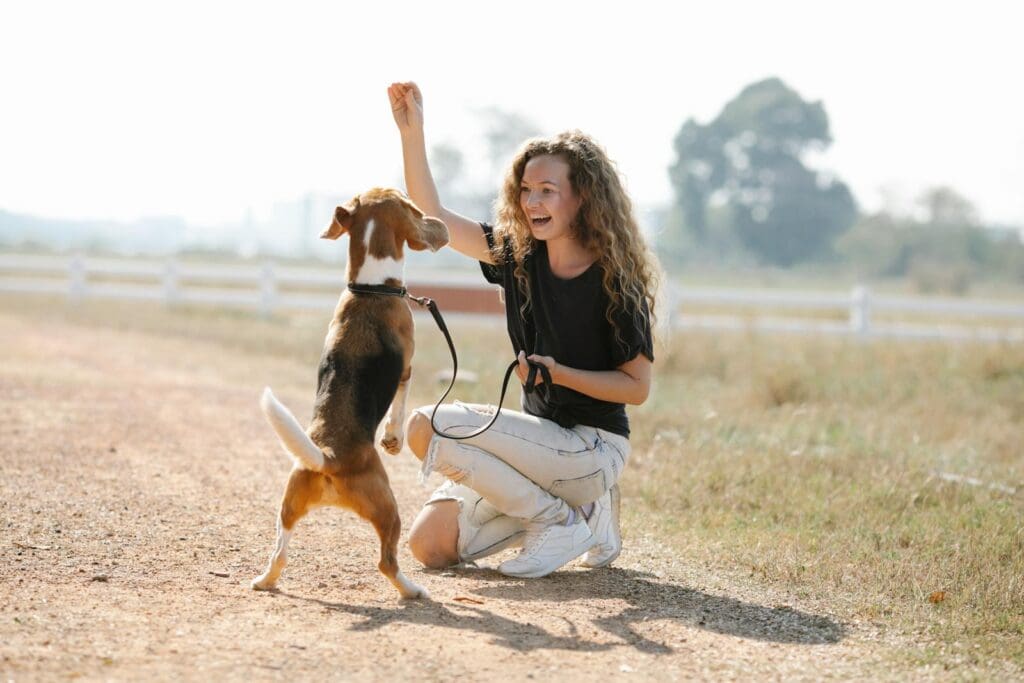
This owner is constantly issuing commands and treats, determined to showcase their dog’s obedience. While training is important, excessive drilling can stress dogs and hinder socialization. Experts recommend balancing structured training with free play to develop well-rounded canine behavior.
5. The Treat Dispenser
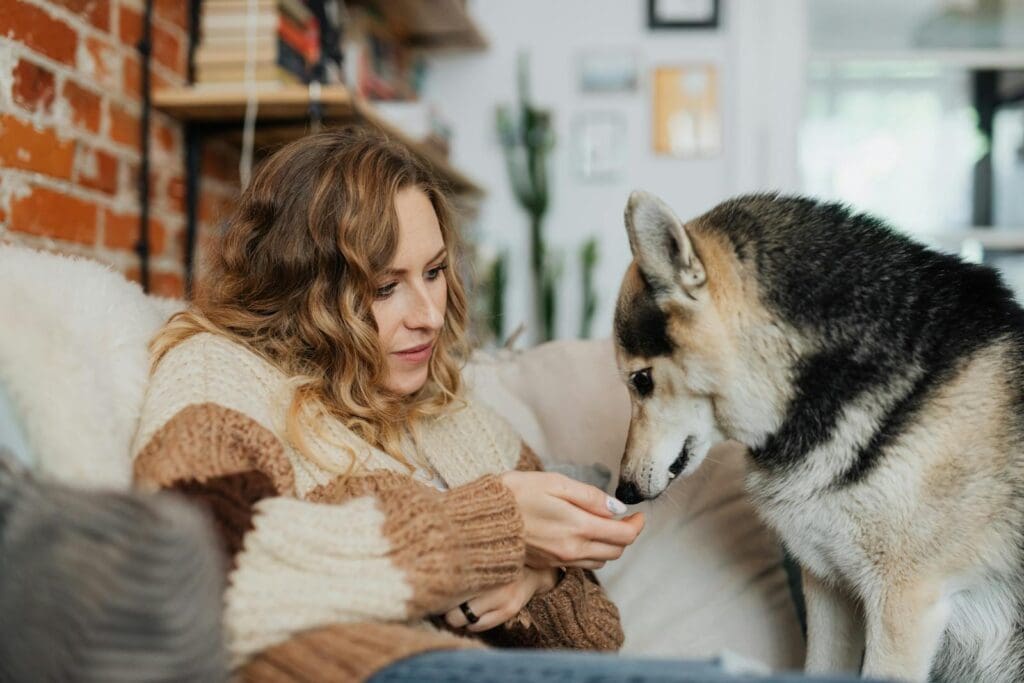
This dog’s owner always comes prepared with a pocket full of treats. They use remote-controlled treat dispensers to reinforce good behavior from a distance. While effective for training, it can sometimes lead to other dogs crowding around, hoping for a snack. These tech-savvy owners often use apps to track their dog’s treat consumption and training progress.
4. The Fitness Fanatic
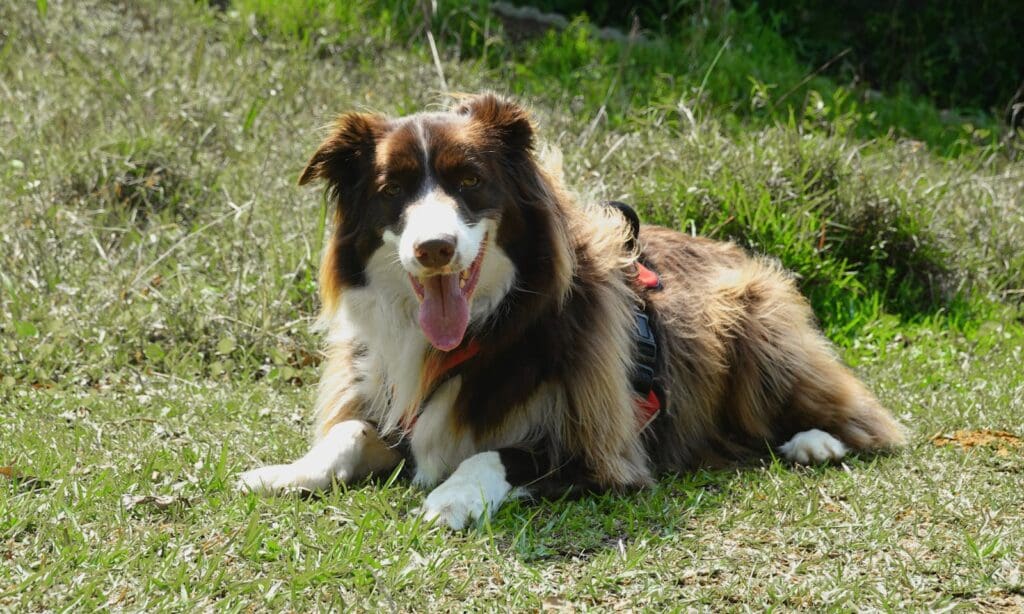
This high-energy pup never seems to tire, constantly chasing balls or frisbees. Breeds like Border Collies, Australian Shepherds, and Vizslas often fall into this category. They thrive on physical and mental stimulation, making them perfect companions for active owners who enjoy outdoor adventures and agility training.
3. The Oblivious Owner

This owner is engrossed in their phone or chatting with friends, unaware of their dog’s behavior. They may miss signs of aggression or fail to clean up after their pet. Oblivious owners can create unsafe situations and frustrate other park-goers. Experts recommend staying attentive and engaged with your dog during park visits.
Related: What to Look for in a Dog Park
2. The Helicopter Parent
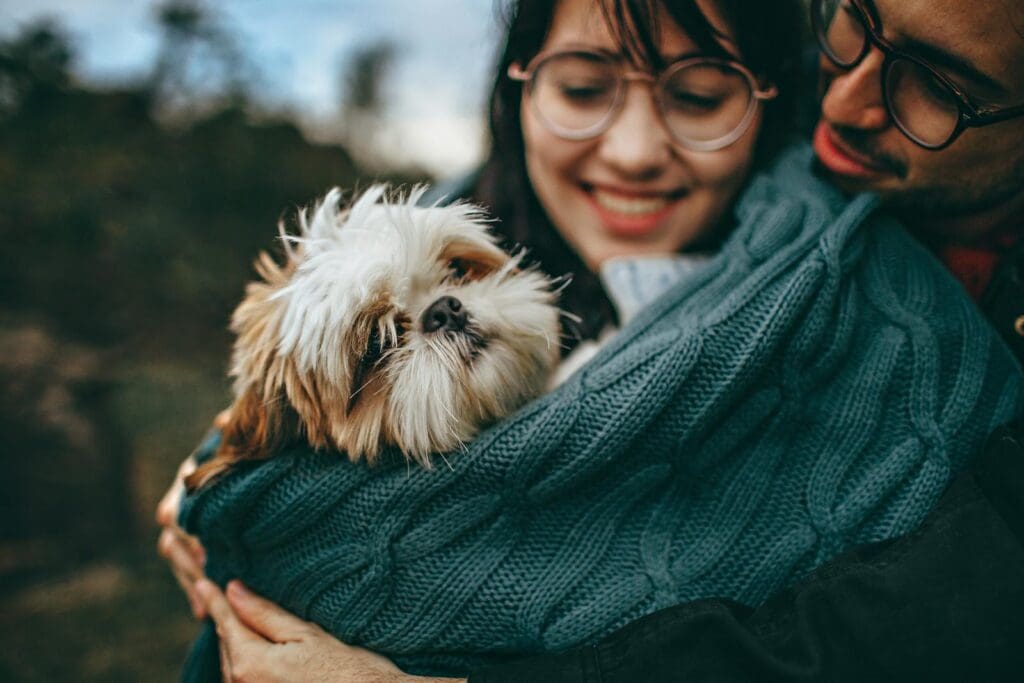
This overprotective dog owner hovers anxiously, constantly monitoring their pup’s every move. They’re quick to intervene in play, often unnecessarily, and may obsessively clean or sanitize their dog. While well-intentioned, their behavior can hinder their pet’s socialization and independence, potentially leading to anxiety in both owner and dog.
Related: Do’s and Don’ts of Dog Park Etiquette
1. The Social Butterfly
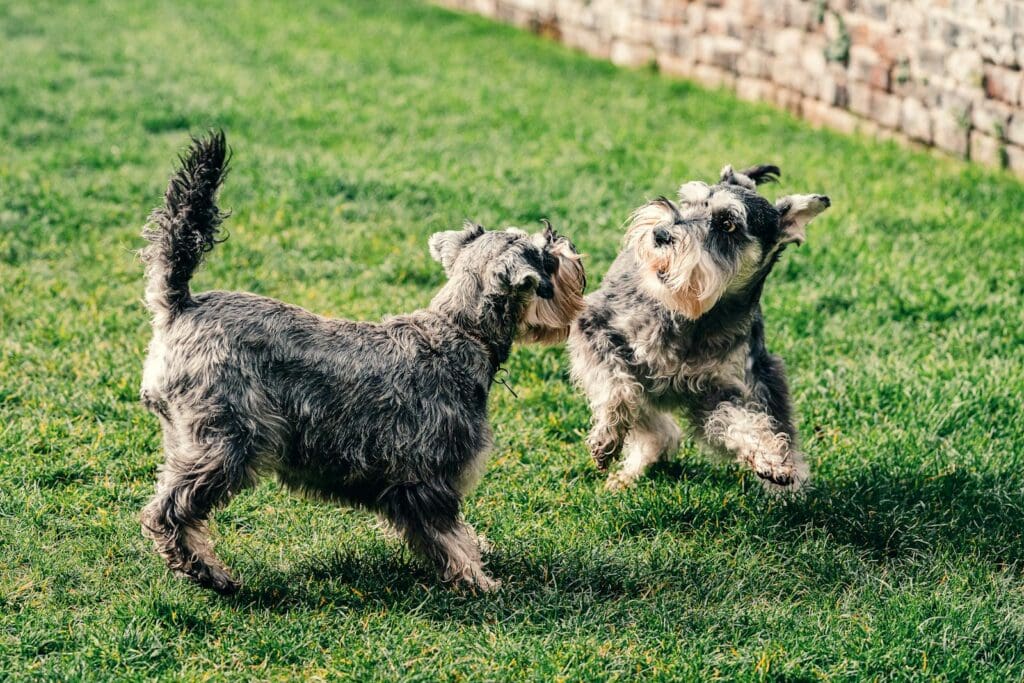
This friendly pup is the life of the dog park, eagerly greeting every human and canine they encounter. With a wagging tail and boundless energy, they effortlessly make friends and initiate play. Social butterflies thrive on interaction, often acting as icebreakers for shyer dogs. Their enthusiasm can sometimes be overwhelming, so owners should monitor their interactions closely.
Related: How to Introduce Your Pup to a Dog Park

